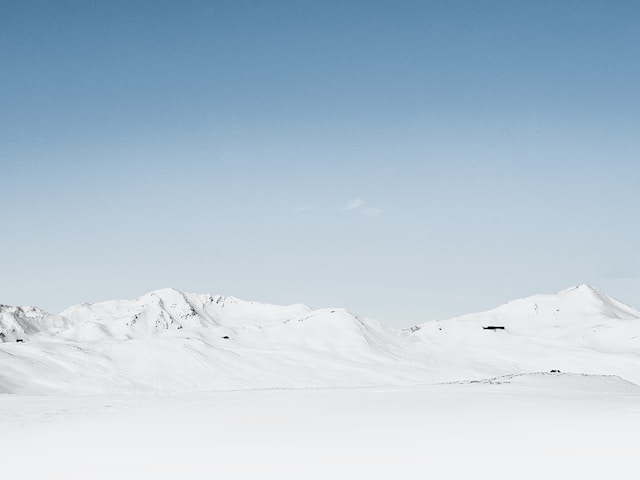Accelerating global warming may be driving permafrost melting and profound environmental change in the Canadian High Arctic, suggests a paper based on fieldwork data from the region published in Nature Communications. The findings are based on a 60-year reconstruction of landscape evolution for a region of the Canadian Arctic Archipelago.
Climate warming has been amplified in the Arctic since the 1980s, and the accelerated melting of permafrost drastically impacts and changes the Arctic landscape. Permafrost thaw is highly relevant since it can release vast amounts of stored carbon and accelerate global warming. However, the physical processes through which permafrost thaw influences landscape change in this region are unclear.
Using field observations, physical models, and environmental data collected in 2019, Shawn Chartrand and colleagues studied landscape change and stream channel development within the early stages of permafrost thaw and melt in Muskox Valley, Axel Heiberg Island. They compared their data to imagery from 1959 to reconstruct a 60-year history for landscape evolution of the region. The authors found that the structure and evolution of new stream networks in this region are influenced by evolving geometric ground patterns related to melting permafrost. Under the present warming climate, locally enhanced rates of erosion of valley floor substrate and thermal degradation of ice wedges could lead to ground collapse over time. They also found that factors typically used to predict channel development in non-permafrost regions do not influence landscape evolution in the Arctic.
The findings improve our understanding of the underlying processes governing the responses of Arctic and high-elevation permafrost landscapes to a warming climate marked by intensifying summertime variability.









